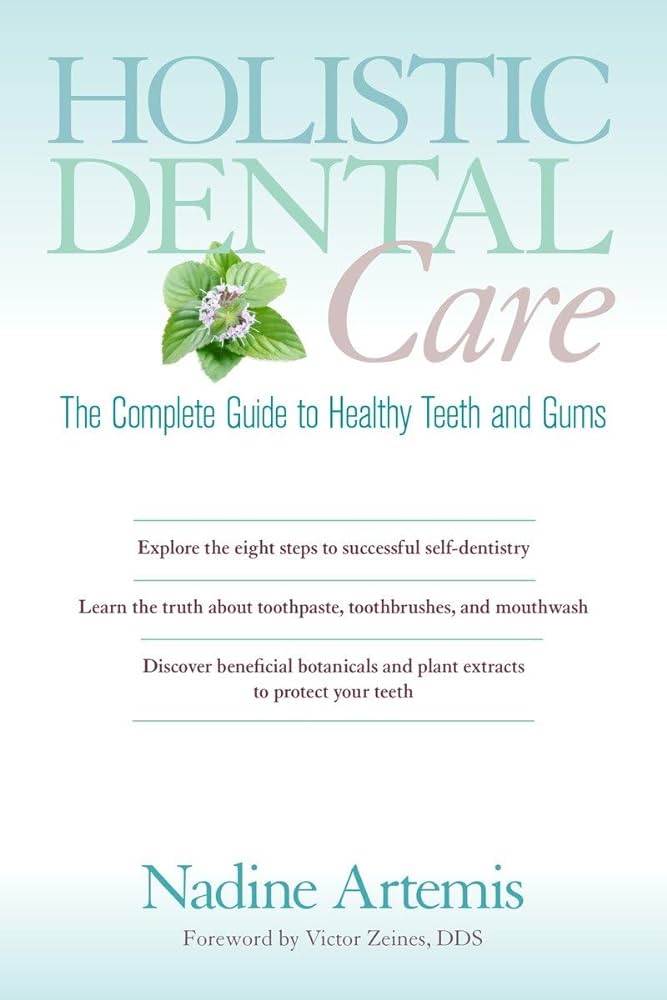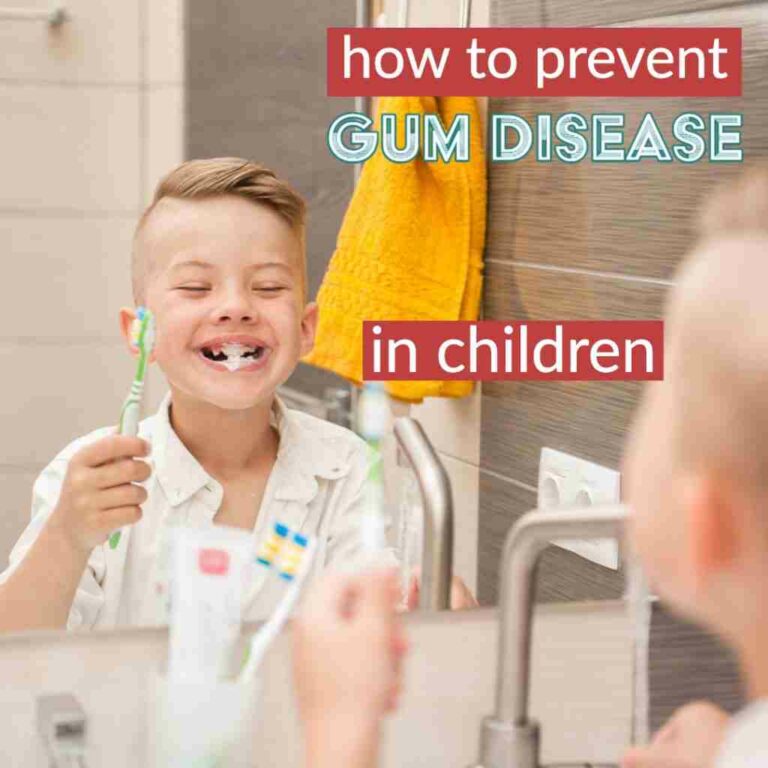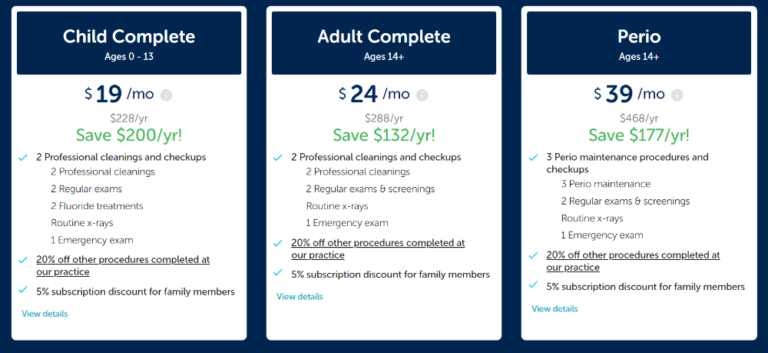The Importance of Sealants in Preventing Childhood Cavities
Did you know that childhood cavities are one of the most common chronic conditions in children? It’s true – according to the Centers for Disease Control and Prevention, nearly 20% of children aged 5 to 11 have at least one untreated decayed tooth.
But here’s the good news: there is a simple and effective way to prevent these cavities from occurring in the first place. Enter dental sealants.
In this discussion, we will explore the importance of sealants in protecting your child’s teeth, how they work, and why they are a safe and beneficial option.
So, let’s dive in and discover how sealants can make a real difference in your child’s oral health.
What Are Sealants?
Sealants are a thin, protective coating applied to the chewing surfaces of your child’s teeth to prevent cavities. They’re made of a plastic material that’s painted onto the teeth and bonds to the enamel, creating a barrier between the tooth and harmful bacteria. This barrier helps to prevent food particles and bacteria from getting stuck in the deep grooves and pits of the teeth, which are difficult to clean with regular brushing.
Sealants are most commonly used on the back teeth, also known as molars and premolars, as these are the teeth that have the most pits and grooves. These areas are particularly prone to cavities because they can easily trap food particles and bacteria, making them difficult to clean with a toothbrush. By applying sealants to these surfaces, you can provide an extra layer of protection for your child’s teeth, reducing their risk of developing cavities.
The application of sealants is a quick and painless process. The dentist or dental hygienist will first clean and dry the teeth, then apply an acidic gel to roughen the surface of the teeth. This helps the sealant bond more effectively to the enamel. The gel is then rinsed off, and the teeth are dried again before the sealant is applied. Finally, a special light is used to harden the sealant, ensuring it stays in place.
Sealants can last for several years with proper care. It’s important to maintain good oral hygiene habits, including regular brushing and flossing, to keep the sealants intact. Your child’s dentist will also check the sealants during their regular dental check-ups and reapply them as necessary.
How Do Sealants Work?
Now let’s talk about how sealants work.
The application process involves your dentist cleaning and drying your teeth, then applying a thin layer of the sealant material onto the chewing surfaces.
This protective coating acts as a barrier, preventing food particles and bacteria from getting stuck in the grooves of your teeth.
As a result, sealants can help reduce the risk of cavities and improve your oral health.
Sealant Application Process
To effectively protect your child’s teeth from cavities, a thin plastic coating is applied to the chewing surfaces of their molars and premolars. This process, known as sealant application, is quick, painless, and non-invasive.
First, the dentist or dental hygienist will thoroughly clean and dry the teeth to ensure proper adhesion of the sealant.
Next, an acidic gel is applied to the teeth for a few seconds to create a rough surface, which allows the sealant to bond more effectively. After rinsing off the gel and drying the teeth again, the sealant is carefully painted onto the chewing surfaces and then hardened with a special light.
Once the sealant has hardened, it creates a protective barrier that prevents food particles and bacteria from getting trapped in the pits and fissures of the teeth, reducing the risk of cavities.
Benefits of Sealants
After the sealant application process, you may wonder how sealants actually work to benefit your child’s oral health.
Sealants are thin, protective coatings that are applied to the chewing surfaces of your child’s back teeth. They create a barrier that prevents food particles and bacteria from getting trapped in the deep grooves and pits of the teeth.
By sealing off these vulnerable areas, sealants help to reduce the risk of cavities.
Sealants can last for several years with proper care and regular dental check-ups. They’re a non-invasive and painless way to protect your child’s teeth from decay.
Additionally, sealants are cost-effective compared to the expenses of treating cavities and other dental problems.
Benefits of Sealants for Children
Are you wondering why sealants are beneficial for your child? Well, let’s take a look at the key points.
First, sealants provide long-term protection against cavities, helping to prevent tooth decay in those hard-to-reach areas.
Second, the application of sealants is easy and painless, making it a quick and hassle-free process for your child.
Long-Term Cavity Protection
Sealants provide long-term cavity protection for children by creating a protective barrier on the chewing surfaces of their teeth. These thin, plastic coatings are applied to the back teeth, where cavities are most likely to form.
Once the sealant is in place, it acts as a shield, preventing food particles and bacteria from getting trapped in the grooves and pits of the teeth. This helps to reduce the risk of cavities, as these hard-to-reach areas are often missed during regular brushing and flossing.
The sealants can last for several years, providing ongoing protection against tooth decay. Regular dental check-ups are still important to ensure that the sealants are intact and doing their job effectively.
Easy and Painless Application
To make the application of sealants for children easy and painless, dentists use a quick and gentle procedure that ensures minimal discomfort.
First, the dentist will clean and dry the teeth to prepare them for the sealant.
Then, a special gel will be applied to the teeth to make them rough, allowing the sealant to bond easily.
After rinsing and drying the teeth again, the dentist will carefully paint the sealant onto the chewing surfaces of the teeth.
A curing light may be used to harden the sealant, ensuring its durability.
The entire process is efficient and typically takes only a few minutes per tooth.
Since the procedure is painless, children usually feel comfortable and relaxed during the application of sealants.
When Should Sealants Be Applied?
If you want to prevent childhood cavities, it’s important to apply sealants at the right time. Sealants are a protective coating that’s applied to the chewing surfaces of the back teeth, where cavities are most likely to occur. The best time to apply sealants is soon after the permanent molars come in, around the age of 6 for the first molars and around the age of 12 for the second molars. Applying sealants at this time can help protect the teeth during their most cavity-prone years.
Sealants are most effective when they’re applied to clean, cavity-free teeth. That’s why it’s important to maintain good oral hygiene habits, including regular brushing and flossing, before getting sealants.
The process of applying sealants is quick and painless. The dentist will clean and dry the teeth, then apply an acidic gel to roughen the surface of the teeth. This allows the sealant to bond more effectively. The gel is then rinsed off, and the teeth are dried again before the sealant is applied.
The sealant is a liquid that quickly hardens into a protective coating, creating a barrier that can prevent cavities from forming.
How Long Do Sealants Last?
The lifespan of sealants typically ranges from five to ten years, providing long-lasting protection against cavities. Sealants are a protective coating that’s applied to the chewing surfaces of the back teeth, where cavities are most likely to develop. Once applied, sealants act as a barrier, preventing food particles and bacteria from settling in the grooves and pits of the teeth. This helps to reduce the risk of cavities in these areas.
The actual lifespan of sealants may vary depending on several factors. The quality of the sealant material, the technique used during application, and the individual’s oral hygiene habits can all affect how long sealants last. It’s important to note that sealants can wear down over time due to normal wear and tear from chewing and brushing. Regular dental check-ups are necessary to monitor the condition of the sealants and determine if they need to be replaced.
While sealants are designed to be long-lasting, they aren’t permanent. It’s recommended to have them checked regularly and replaced if necessary to maintain their effectiveness in preventing cavities. By adhering to good oral hygiene practices and scheduling regular dental visits, you can ensure that your sealants provide the maximum protection against childhood cavities for as long as possible.
Are Sealants Safe for Children?
Sealants are considered safe for children and are a recommended preventive measure against childhood cavities. Sealants are thin, protective coatings that are applied to the chewing surfaces of the back teeth, where cavities commonly occur. They create a barrier that helps to prevent bacteria and food particles from getting trapped in the grooves and pits of the teeth, reducing the risk of cavities.
Research has shown that sealants are effective in preventing cavities and can reduce the risk of tooth decay by up to 80%. They’ve been used for decades and have been proven to be safe for children. The American Academy of Pediatric Dentistry, the American Dental Association, and the Centers for Disease Control and Prevention all endorse the use of sealants as a safe and effective way to protect children’s teeth.
Sealants are easy to apply and painless. The process involves cleaning and drying the teeth, applying an acidic gel to roughen the surface, rinsing and drying the teeth again, and finally applying the sealant material. The material is then hardened with a special light, forming a protective barrier on the teeth.
It is important to note that sealants aren’t a substitute for good oral hygiene practices. Children should still brush their teeth twice a day, floss regularly, and visit the dentist for regular check-ups. However, sealants can provide an additional layer of protection against cavities, especially for children who are prone to tooth decay.
Frequently Asked Questions
Can Adults Also Benefit From Getting Sealants?
Yes, adults can also benefit from getting sealants. Sealants are a protective coating that can be applied to the chewing surfaces of your teeth. They help to prevent cavities by sealing off the deep grooves and pits where bacteria and food particles can get trapped.
Are Sealants Expensive? Is It Covered by Dental Insurance?
Sealants can be a cost-effective way to prevent cavities. The price of sealants varies depending on where you get them, but they’re generally affordable.
As for dental insurance coverage, it depends on your specific plan. Some dental insurance plans do cover sealants, while others may only cover them for children. It’s important to check with your insurance provider to see if sealants are included in your coverage.
Can Sealants Be Applied to Baby Teeth?
Yes, sealants can be applied to baby teeth. Baby teeth are just as susceptible to cavities as permanent teeth.
Applying sealants to baby teeth can help protect them from decay and potential cavities. The process is quick and painless, and can provide long-lasting protection for your child’s teeth.
It’s important to consult with a dentist to determine if sealants are appropriate for your child’s oral health needs.
Do Sealants Need to Be Reapplied After a Certain Period?
Sealants are a protective coating applied to your teeth to prevent cavities. You might wonder if they need to be reapplied after a certain period. The good news is that sealants can last for many years, providing long-lasting protection against decay.
However, it’s important to remember that sealants can wear off over time, especially if you have a habit of grinding or clenching your teeth.
Regular dental check-ups will ensure that your sealants are in good condition and can be reapplied if necessary.
Can Sealants Cause Any Allergic Reactions or Side Effects?
Sealants are a common dental treatment that can help prevent childhood cavities.
You might be wondering if sealants can cause any allergic reactions or side effects.
It’s important to know that allergic reactions to sealants are extremely rare.
However, like any dental procedure, there’s a small risk of side effects such as sensitivity or irritation.
Your dentist will discuss any potential risks with you before applying sealants to ensure your safety.
Conclusion
In conclusion, sealants play a crucial role in preventing childhood cavities. By providing a protective barrier on the tooth’s surface, sealants effectively block out bacteria and food particles, reducing the risk of decay.
They’re a safe and effective option for children, with l see this here ong-lasting results. Applying sealants at the right time can significantly lower the chances of cavities and promote good oral health in children.





